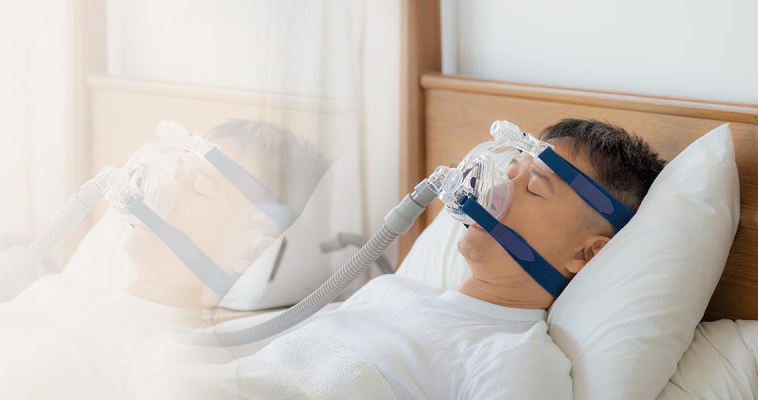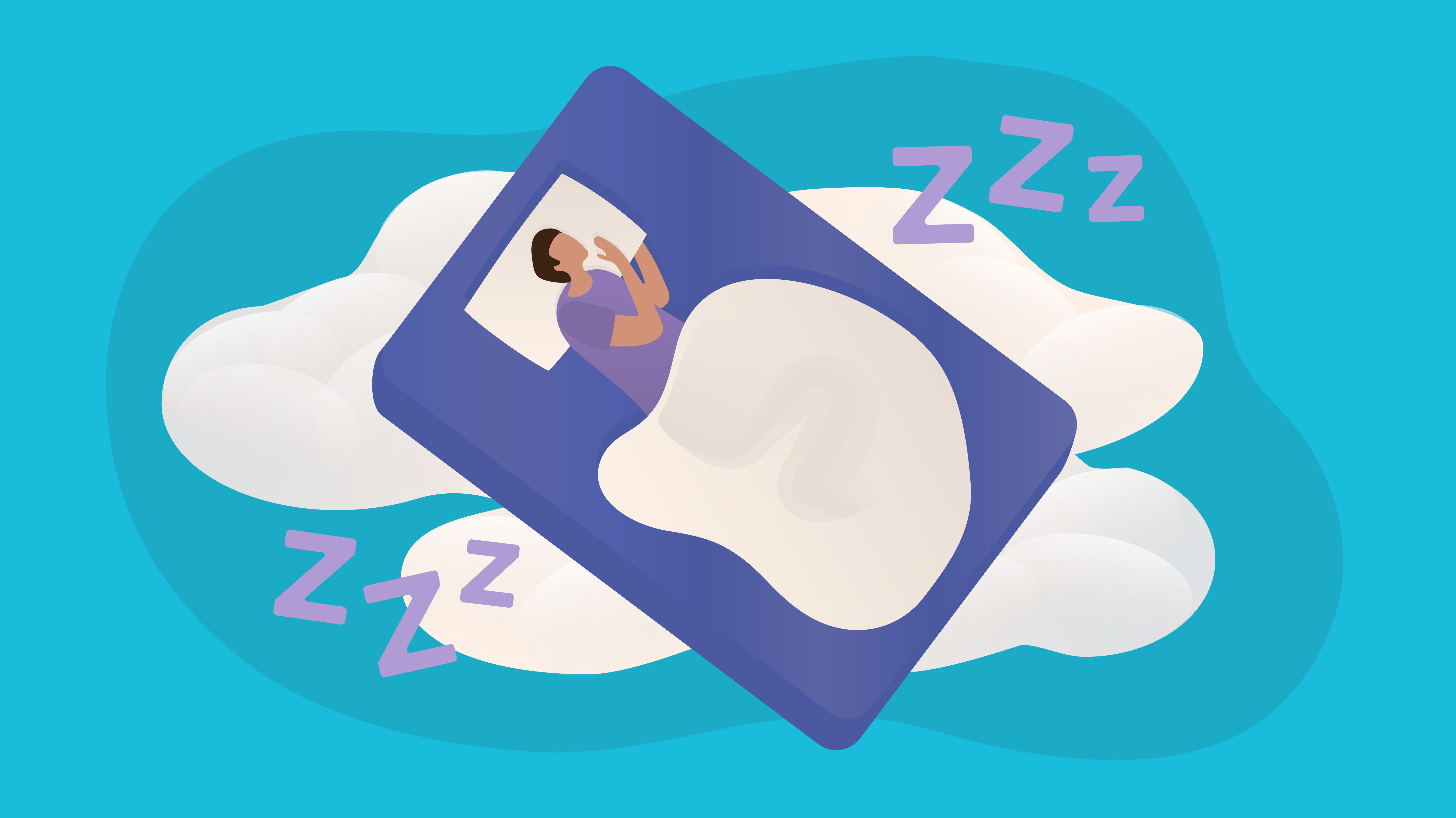Professional Insomnia Counseling - Obtain Specialist Advice
Professional Insomnia Counseling - Obtain Specialist Advice
Blog Article
Reliable Treatment Solutions for Taking Care Of Rest Disorders and Enhancing Relaxing Rest
In the world of health care, the management of rest disorders and the quest for restful rest are essential parts of general wellness. Efficient therapy remedies provide a diverse approach to tackle these obstacles, varying from cognitive behavioral interventions to holistic practices that advertise relaxation and mindfulness. The expedition of different techniques, consisting of the combination of medication and light treatment, opens up a world of opportunities in the quest of better rest quality. As we navigate the complex landscape of rest conditions and look for to enhance our rest experience, a much deeper understanding of these therapy remedies may hold the trick to unlocking a much more rejuvenating and satisfying corrective journey.
Cognitive Behavioral Treatment for Sleep Problems (CBT-I)
Cognitive Behavior Modification for Sleeplessness (CBT-I) is a structured, evidence-based treatment technique that concentrates on addressing the underlying variables adding to sleep disruptions. This kind of therapy intends to customize actions and thoughts that exacerbate sleeplessness, ultimately promoting healthy sleep patterns. CBT-I commonly entails numerous essential parts, including cognitive therapy, rest limitation, stimulation control, and rest hygiene education.
Cognitive treatment aids people determine and transform adverse idea patterns and beliefs about rest that might be impeding their capability to drop or stay asleep. Sleep restriction includes limiting the amount of time spent in bed to match the person's actual rest duration, thereby boosting rest efficiency (insomnia counseling). Stimulation control strategies help develop a solid organization between the bed and sleep by motivating individuals to head to bed just when drowsy and to stay clear of engaging in promoting activities in bed
Additionally, rest health education and learning concentrates on developing healthy and balanced rest habits, such as keeping a consistent rest routine, creating a relaxing going to bed routine, and enhancing the sleep setting. By addressing these aspects adequately, CBT-I uses an effective non-pharmacological intervention for taking care of sleep problems and enhancing overall rest top quality.
Sleep Hygiene Practices
Having actually established the structure of cognitive restructuring and behavioral adjustments in dealing with insomnia with Cognitive Behavioral Therapy for Sleep Problems (CBT-I), the focus currently moves in the direction of checking out vital Rest Hygiene Practices for keeping optimal rest top quality and general health.
Sleep health practices incorporate a variety of routines and ecological variables that can significantly affect one's capacity to go to sleep and remain asleep throughout the evening. Consistent sleep and wake times, producing a relaxing going to bed routine, and enhancing the sleep environment by keeping it dark, peaceful, and cool are critical elements of excellent rest health. Restricting exposure to screens before bedtime, staying clear of stimulants like caffeine near to going to bed, and taking part in normal exercise throughout the day can likewise advertise better sleep top quality.
Moreover, practicing leisure methods such as deep breathing exercises or meditation prior to bed can help relax the mind and prepare the body for rest. By integrating these sleep hygiene practices into one's day-to-day routine, individuals can develop a healthy sleep pattern that supports restful rest and total health.
Leisure Methods and Mindfulness
Applying relaxation techniques and mindfulness techniques can play an essential function in fostering a sense of tranquility and promoting quality rest. insomnia solutions. These methods aim to quiet the mind, reduce stress and anxiety, and produce an optimal setting for peaceful sleep. One commonly exercised technique is deep breathing exercises, where people concentrate on slow-moving, deep breaths to unwind the body and mind. Dynamic muscle leisure includes tensing and afterwards launching each muscular tissue group, advertising physical leisure. In addition, assisted images can help transport people to a peaceful location in their minds, assisting in anxiety decrease and improving sleep top quality.
By integrating these methods into a bedtime regimen, people can signal to their bodies that it is time to prepare and take a break for rest. In general, integrating relaxation strategies and mindfulness techniques can dramatically contribute to managing sleep problems and enhancing overall sleep quality.

Medication Options for Sleep Disorders
After discovering relaxation techniques and mindfulness methods as non-pharmacological treatments for improving sleep high quality, it is important to take into consideration medication choices for people with rest problems. In cases where lifestyle modifications and therapy do not offer enough alleviation, medicine can be a beneficial tool in handling rest disruptions.
Typically prescribed medicines for sleep conditions include benzodiazepines, non-benzodiazepine hypnotics, antidepressants, and melatonin receptor agonists. Benzodiazepines, such as diazepam, are sedatives that can help induce sleep, but they are normally advised for short-term use due to the threat of dependence. Non-benzodiazepine hypnotics like zolpidem are also utilized to treat sleeplessness and have a lower risk of dependence contrasted to benzodiazepines. Antidepressants, such as trazodone, can be valuable for individuals with co-occurring depression and rest disruptions. Melatonin receptor agonists, like ramelteon, target the body's natural sleep-wake cycle and can be practical for managing sleep patterns.
It is critical for people to consult with a doctor to figure out the most ideal medicine alternative based upon their particular rest disorder and clinical background.
Light Therapy for Body Clock Policy
Light treatment, additionally called photo-therapy, is a non-invasive treatment approach utilized to manage circadian rhythms and boost sleep-wake cycles. This treatment involves direct exposure to bright light that resembles all-natural sunlight, which assists to reset the body's biological rhythm. By revealing individuals to details wavelengths of light, typically in the morning sleep apnea insomnia or night depending upon the preferred effect, light treatment can properly change the circadian rhythm to advertise wakefulness during the day and enhance peaceful sleep during the night.
Research study has revealed that light treatment can be particularly beneficial for individuals with body find out this here clock disorders, such as delayed rest phase syndrome or jet lag. It can additionally be helpful for those experiencing seasonal affective disorder (SAD), a kind of anxiety that generally happens during the winter season months when all-natural light direct exposure is reduced. Light treatment is usually well-tolerated and can be used in conjunction with other therapy methods for sleep conditions to enhance outcomes and boost overall sleep high quality.
Conclusion
Finally, reliable treatment services for managing sleep disorders and enhancing peaceful sleep include Cognitive Behavioral Treatment for Insomnia (CBT-I), sleep health methods, leisure methods and mindfulness, medication options, and light therapy for circadian rhythm policy. These approaches can aid people enhance their sleep high quality and general wellness. It is essential to talk to a medical care service provider to determine one of the most ideal approach for addressing rest problems.
As we browse the detailed landscape of sleep disorders and look for to enhance our sleep experience, a much deeper understanding of these treatment services may hold the key to opening a much more rejuvenating and meeting corrective journey.
Sleep constraint involves limiting the quantity of time spent in bed to match the individual's real rest duration, thereby raising sleep efficiency. Regular sleep and wake times, creating a relaxing going to bed regimen, and enhancing the rest environment by maintaining it dark, peaceful, and cool are important elements of excellent rest hygiene. Light treatment is normally well-tolerated and can be used in combination with various other treatment approaches for sleep problems to maximize try these out outcomes and enhance overall sleep quality.

Report this page